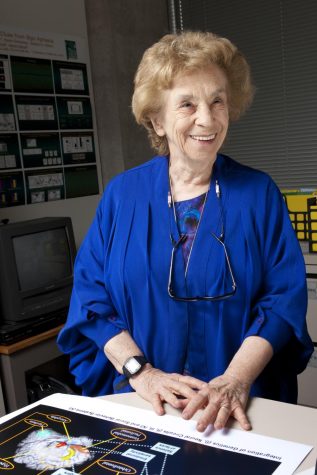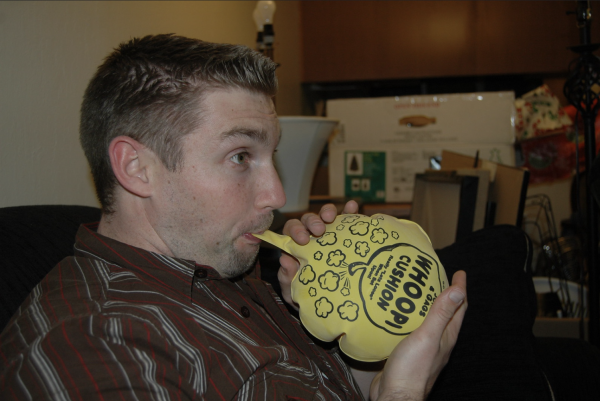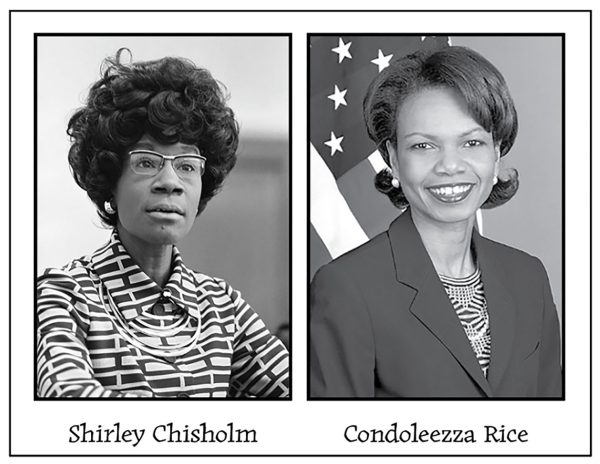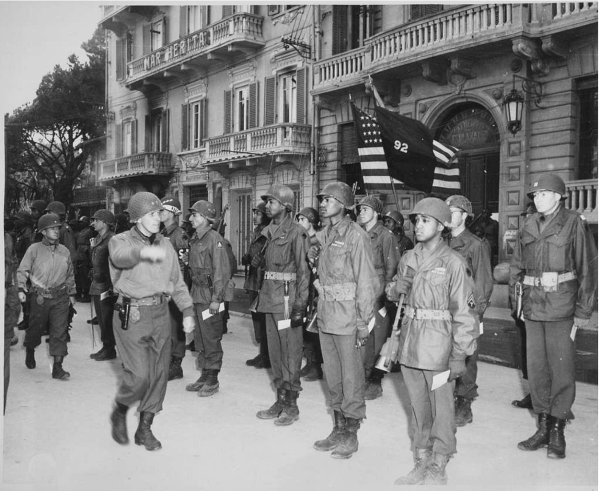Give Me a Sign
American Sign Language: The Legacy of Ursula Bellugi

I cross my fingers, pushing them away from my chin before gesturing directly at my friend Ruby. She raises an eyebrow, then quickly makes a fist, pulling her hand in front of her and moving it up and down. Then, after a brief pause, her face hardens, she scratches the side of her chin, points at herself, and finally opens her hands and pulls downwards.
We’re talking about our next class—she really doesn’t want to go. Admittedly, talking may not be quite the right word. The fact that we’re communicating, however, is not up for debate. American Sign Language is widely accepted as a complex linguistic system, with distinct grammatical structures, dynamic vocabulary, and regional dialects. But it hasn’t always been regarded this way.
Even into the late 20th century, parents were strongly discouraged from teaching their children how to sign. Deaf children, as well as “CODAs,” or Children of Deaf Adults—an acronym that many now recognize from the Oscar-winning film of the same name—were told to sit on their hands, reject their first language, and forced to integrate into a hearing world.
This belief might’ve continued to permeate American households if it wasn’t for one couple, a pair set on changing the scientific conversation about signed conversation. Ursula Bellugi and Edward Klima—both prominent researchers in their fields, educated at Harvard and MIT, respectively—dedicated a large portion of their professional careers to study the biological factors that surround ASL. According to a statement from the Salk Institute, Bellugi’s concentrated efforts led to the discovery that signing activates the brain in the same way as spoken language–demonstrating remarkable plasticity in the brain’s ability to understand and communicate using sign.
Collaborating with her husband, she compiled her findings in “The Signs of Language,” a work largely credited with establishing the authenticity of the communication network that nearly half a million Americans depend on.
Even after Klima’s death in 2008, Bellugi continued to fight for deaf inclusion. She passed away on April 17, 2022 at age 91. Along with her husband, she leaves behind an undeniable legacy of acceptance and community that has changed the American public’s view of sign language forever.
“They defeated the oppressors of ASL,” their son Rob told the San Diego Union-Tribute. And it is perhaps a direct result of Bellugi and Klima’s powerful reduction of stigma that has caused the language to spread on our very own campus.
When I asked Ruby Birch ‘23 about her feelings regarding ASL, she said “I love being able to communicate with my friends in a more discrete and subtle way. It’s helped us get out of awkward situations a lot. But more importantly, my appreciation for sign has grown incredibly since I began to learn it. It’s a totally different world.”
With hopes to create an ASL Club this school year, it’s likely that use of the language will keep spreading at Notre Dame. If you’re interested in learning ASL, SignASL.org and LifePrint.com are great places to start. But as you begin signing, keep in mind the vital contributions of Ursula Bellugi that allowed resources like these to exist in the first place.




